We need to approach landscape conservation with the same nuance and care that we show to buildings, write Patrick James and Dorian Proudfoot

For those who work in the historic built environment, it’s easy to treat buildings in isolation from related plants and landscapes. But in addition to the statutory requirement to protect the setting of listed assets under Sections 16 and 66 of the Planning (Listed Buidings and Conservation Areas) Act 1990, bolstering the relationship between a building and its natural environment will enhance the significance of the site as a whole.
An historic landscape can be assessed similarly to other forms of cultural heritage. One would assess the value of the landscape by its condition; how it appeals to the senses; the rarity of its elements and features; if it’s an important representation of a type of landscape, garden or plant; conservation interests such as wildlife or archaeological features; significant perceptual qualities like wilderness or tranquillity; association with a particular person, event or group of people of significance; and connections to a group of people or person of relevance.
One philosophy in working with historic buildings is to interpret them as living objects, with evolving needs and functions. Each building has its own life, shaped by natural and human forces, and never reaches a point of stasis. Although they must be maintained and conserved to stay ‘healthy,’ they may also need adaptation to secure a viable future.
This thinking can be applied to landscapes and plants in historic settings, and we are noticing that this is coming more to the forefront of our clients’ approach to historic landscapes. We know already that our buildings need to adapt to climate change in order to continue to function. In parallel, our landscapes and the plants and trees within them are also under threat from the changing environment.
At the Grade II-listed Rivington Terraced Gardens in Bolton, for example, the now ‘wild’ landscape was considered a part of the evolved character of the site. The design team only cut through the vegetation where it was considered essential to mantaining key views, instead of attempting to restore the more open character of the original garden, which would have led to the loss of biodiversity.
It was a different kind of challenge at The Camellia House, a Grade II*-listed building sat within the Grade II* Registered Historic Park and Garden at Wentworth Woodhouse in Rotherham, South Yorkshire – an historically significant building that is also home to some of the world’s rarest plants.
Surviving in a roofless ruin
When camellias were first imported from China and Japan for the British aristocracy in the 18th century, they were considered too delicate for the British winter. These luxury commodities were held in high esteem – at Wentworth Woodhouse, camellias were kept in a light-filled glasshouse attached to a tearoom with coal-fired heating. Although the building fell into disrepair in the 1980s and was listed on the Historic England ‘Buildings at Risk’ register, the camellias happily thrived in a roofless ruin.
We now know that it is unnecessary to keep most varieties of camellias indoors in Britain, but those at Wentworth are essential to the significance of the building. To provide it with a viable use as a teahouse it was necessary to balance the needs of the plants with the comfort of humans, who want to stay warm in winter and cool in summer. How would we carry out the works in a way that would not disturb the plants and conserve them for the future?
We put specific measures in place to protect the camellias during works, including the installation of UV lamps, regular manual watering, physical protection of the plants and their roots, and daily monitoring to check their condition. The Camellia House once again has artificial heating, albeit this time powered by a renewable source, and the humidity and temperature are now controlled to keep the environment at a level that will be comfortable enough for humans without risking a fungal attack on the plants.
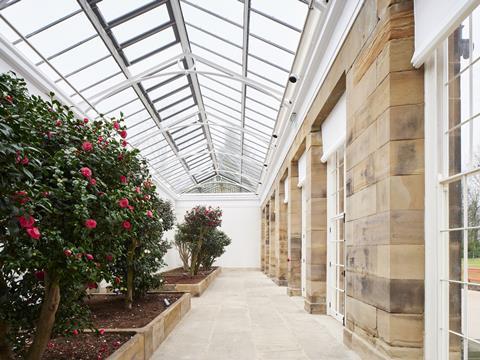
A landscape fit for a 21st-century tea house
With The Camellia House’s future now secured, what of its immediate and surrounding landscape? Gaining an understanding and appreciation of the extensive and well-documented gardens at Wentworth Woodhouse informed the approach. Historical maps, old photographs and descriptions revealed that The Camellia House’s setting had evolved and changed many times since its completion in the early 18th century. For some time, it looked out at a menagerie, first referred to as early as 1738 and by the 1850s there are records of the menagerie holding an extraordinary variety of birds. Later in the 19th century, an orchard replaced the menagerie, followed by a more formal layout that included a fountain, the base of which still exists.
However, any physical or archaeological evidence of the historic setting was destroyed in the 1940s and 1950s by open-cast coal mining. Therefore the quality, rarity and other measures of significance of the immediate setting of the building have been wiped out, notably to the south, the principle outlook for the building. Elements of historic planting are still evident, notably a number of evergreen shrubs and trees that served to conceal the building from view at certain points.
A combination of historical research, an understanding of the current condition and the client’s brief, helped the development of a landscape masterplan and accompanying detailed plans. The result is an enhancement of the significance of the surviving camellias within the building and a canvas for future design.
A new landscape design should draw from what historical evidence is available but not necessarily slavishly recreate a previous design. It’s an opportunity to contribute to the viability of the site as a whole by supporting new uses and attracting new visitors. It’s a chance to plant the seed for the next chapter in the life of the landscape that is living, growing and evolving. Importantly, new landscape and planting designs are increasingly required to respect more challenging weather conditions in the knowledge that there is a strong likelihood of drought, extreme rainfall and temperatures in the coming years. Similarly, glasshouses containing plants need to be thought out carefully to be energy efficient in a changing climate - as is exemplified by the work at Temperate House Kew where building services had to be fully renewed.
There is a growing acceptance of these changes to our Grade II* and Grade I-listed buildings; historic landscapes and planting schemes surrounding historic buildings are beginning to follow suit to protect and secure their survival.
>> Also read: Our urban and rural landscapes are intertwined with the history of colonialism. We must confront this legacy with honesty
Postscript
Dorian Proudfoot is an accredited conservation architect and a board director at Donald Insall Associates.
Patrick James is a landscape consultant and founded the Landscape Agency in 1998.



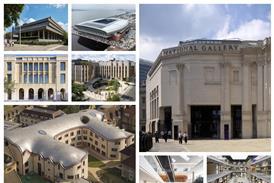





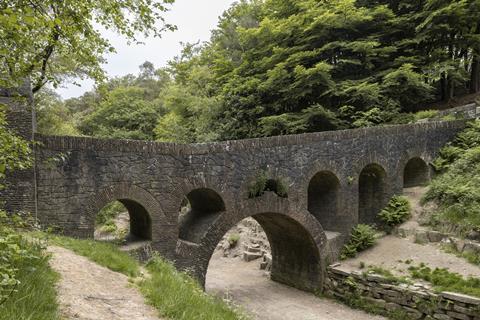

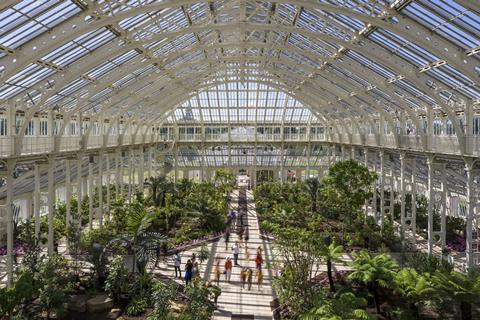
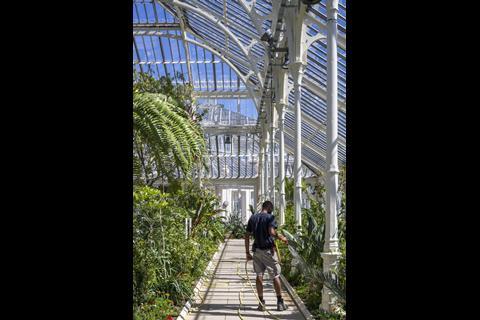







No comments yet